What does it mean to take a stance?
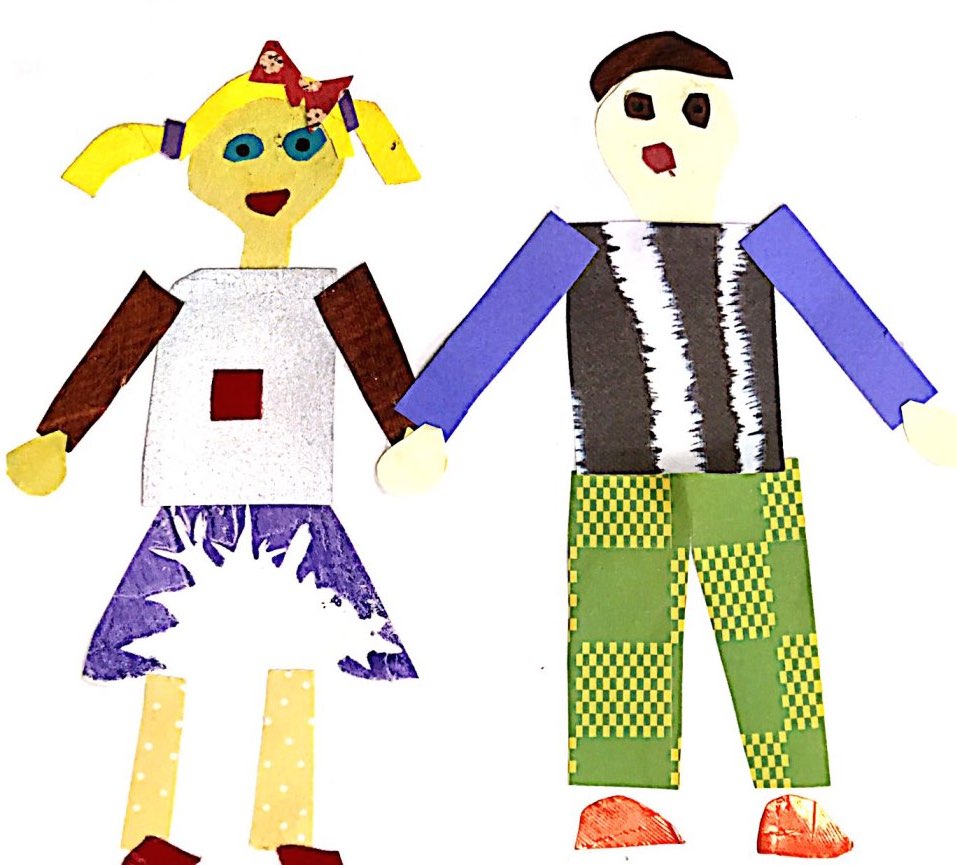
The children in the Magnolia Room are exploring and playing with the idea of being an author and the purpose and intentions that go along with that prestigious title. Authors have many intentions as they share their voices, imaginations, lives and experiences. In their experience as both readers and writers, the children discovered that all authors work towards a purpose when putting pen to paper. Through their words and images, authors can inform, entertain, and/or persuade. An author’s purpose could be concentrated on one of these aspects or it could be a little from each. Whatever purpose they choose to stick to, it is going to be important for them, as authors, to grab their reader and get them to listen to all they have to say.
One purpose that we explored as authors this winter is the intention to persuade. Together in the Magnolia Room, as recounted in a previous post, we have been looking closely at and working on how to democratically work within our community. How can the purpose of persuasion help us as we work to accomplish our plans together and improve as a community to make it a better place for all?
We looked to mentor texts, both in books and out in the world, as examples of how words, images and the combination of both can get us to think, believe or consider a certain point that the author finds important. Persuasion is a tool that writers can have to state their opinions, as well as grow legs of that opinion and make what they believe in known. As authors, this this something that the children can do. As citizen world-makers, this is something the children should do.
As citizen world-makers, the children’s opinions and beliefs are many. When some of those opinions are so important that we want to work towards their validity, it can turn into something we can take a stance on. The children of Magnolia, through dialogue, inspiration and playing, thought through the meaning of “taking a stance” and created a working definition of “talking about something you think is really important to you and spreading it out to the world.”
Martin Luther King, Jr. used his beliefs to shape his opinions, his stance, his words, his fight, and, thus shape the world. We saw examples of the power of his words in Martin’s Big Words by Doreen Rappaport and Bryan Collier. As we read this profound picture book, we chewed on the ideas that Martin Luther King, Jr. believed in and worked towards. We dug deeper into his words like “You are as good as anyone,” “Hate cannot drive out hate. Only love can do that,” and “Sooner or later, all the people of the world will have to discover a way to live together.” We discussed these statements and shared what we thought lived inside of Martin’s words and his message.
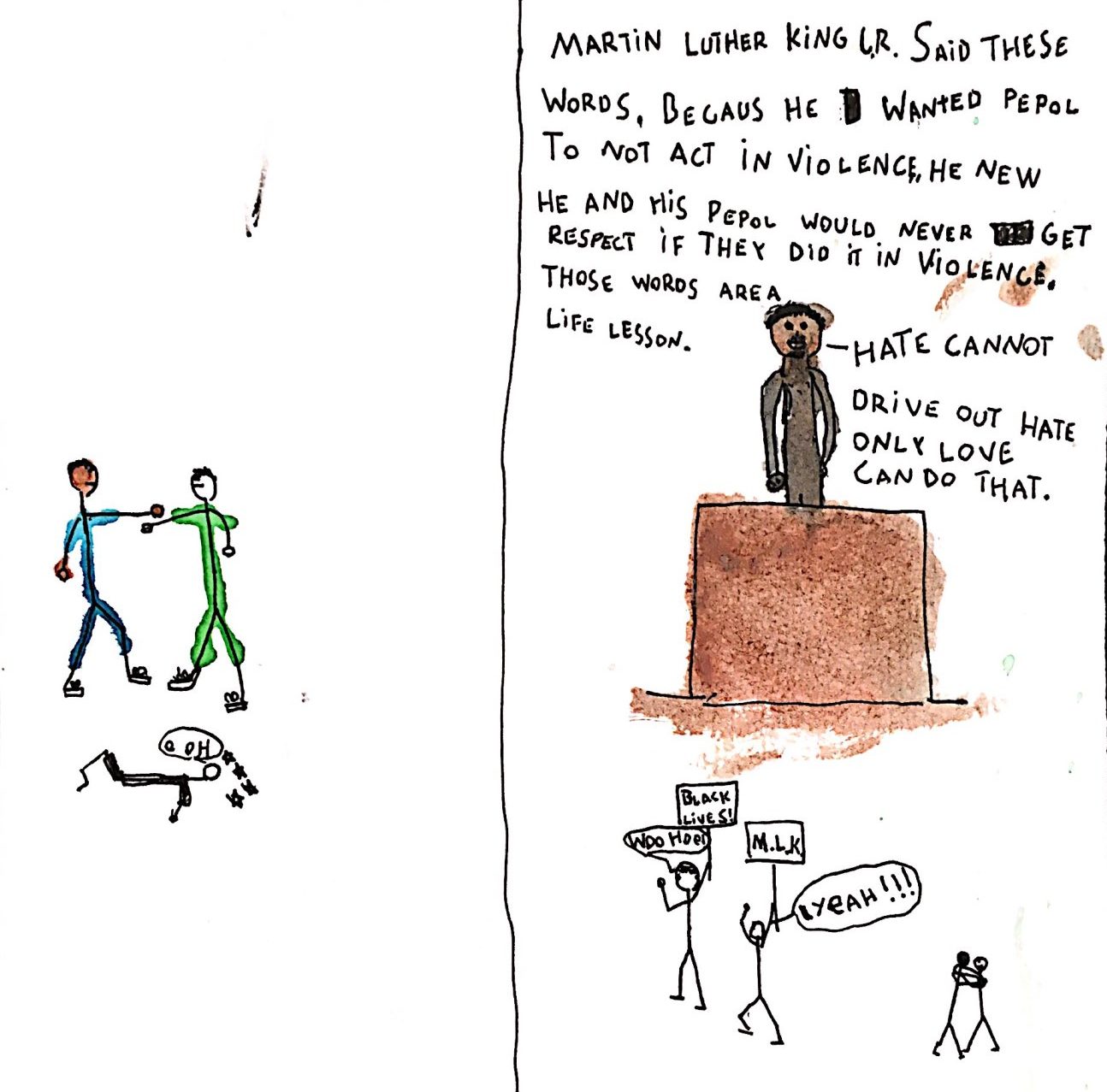
What if we did the same for the learning community of Magnolia? We wondered together:
What do you believe to be important within this community?
What are you going to work for as a learner, a collaborator, and a friend?
The children then took what they knew about “taking a stance” and explored further the things they believed in. The stances that we decided to explore are, according to Lois, “our writing in short sentences but powerful words about what we believe in and what we want to stand up for!”
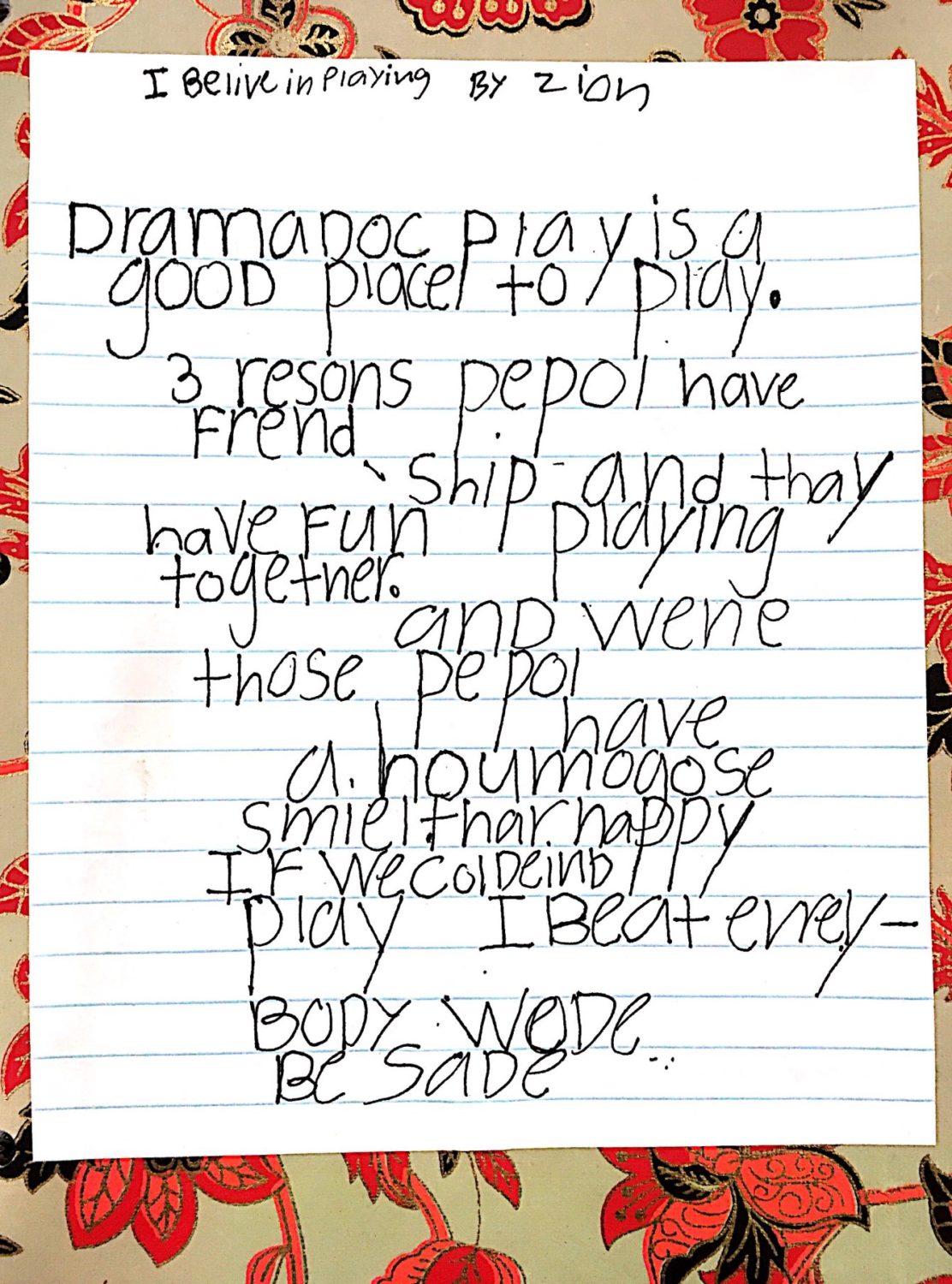

This is also where we made connections to what was happening outside our immediate community to what was happening in the world around us. The children were witnessing many people sharing their ideas and beliefs and working very hard to get their voices heard, no matter how small.
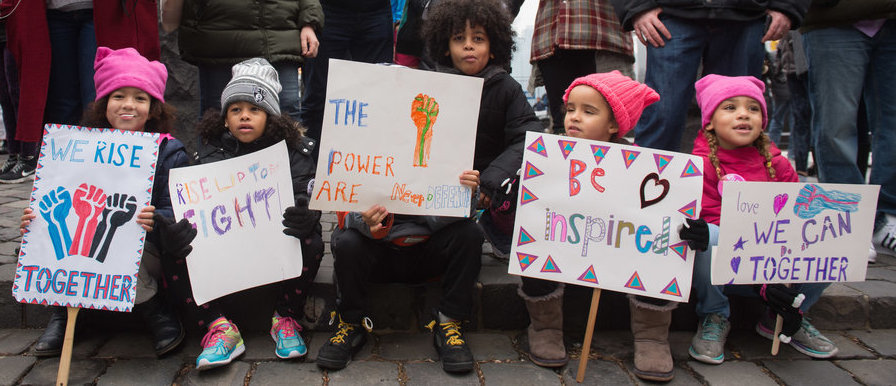
We then used images such as the one above as inspiration of transferring our stances to a platform capable of spreading our words and beliefs.



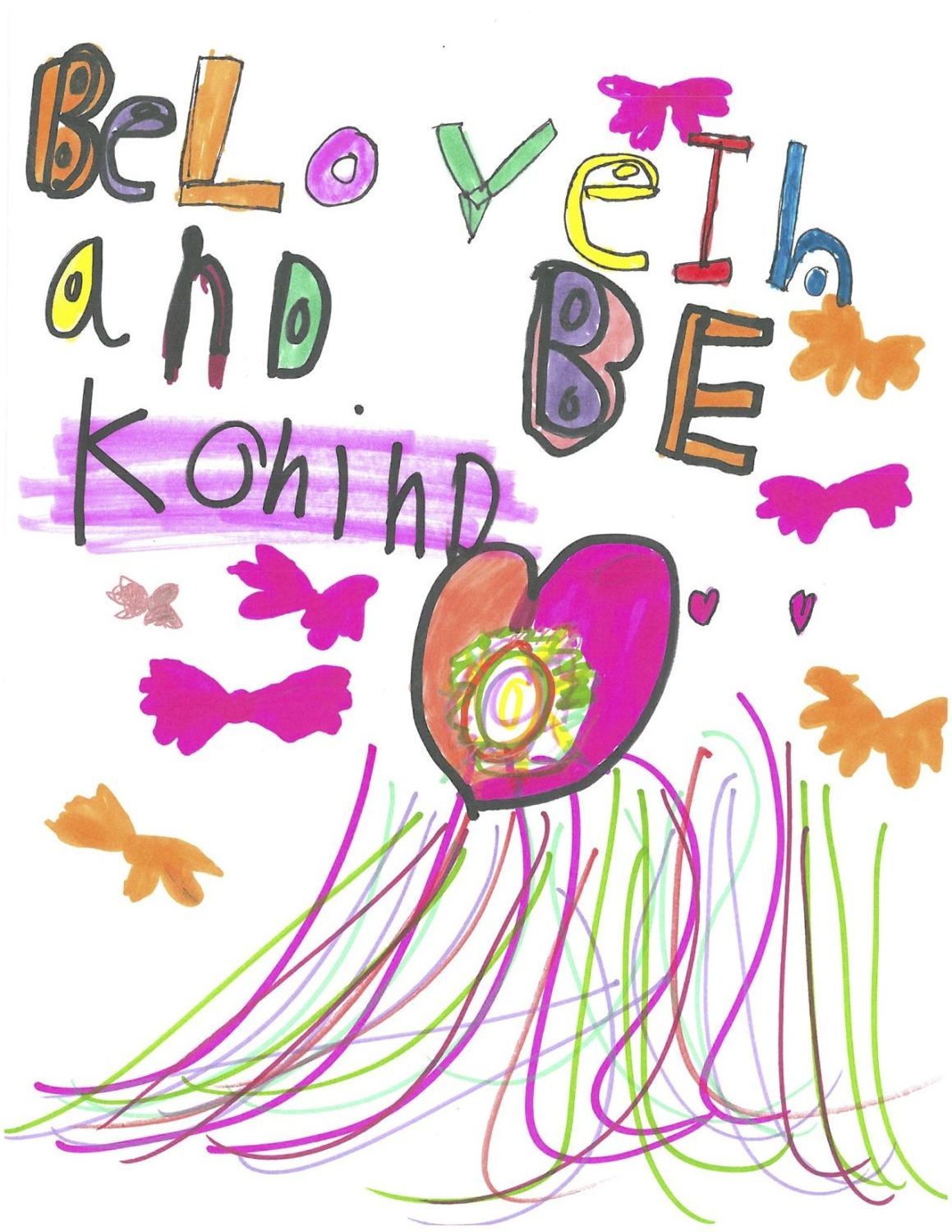
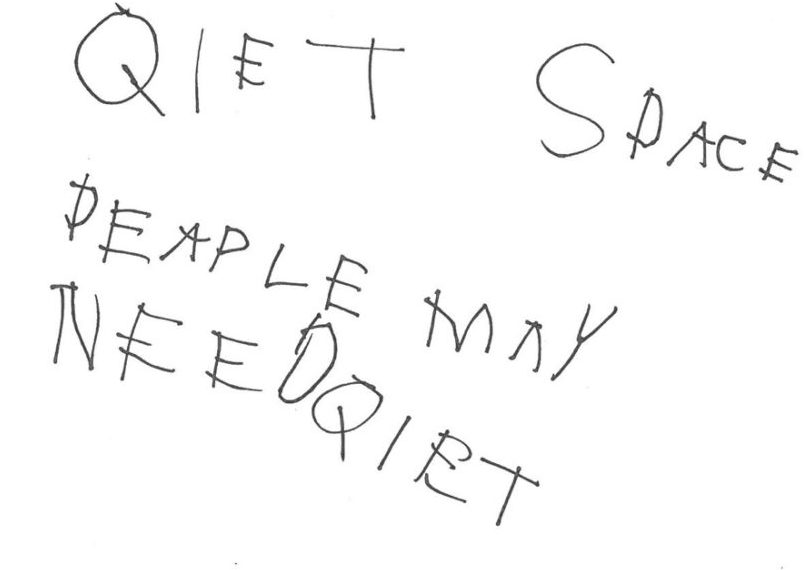
We believe in the stances that live in our community. We hope you can take them in and feel and understand the children’s passions through their words and thinking. We will continue thinking and exploring our stances together as we find ways to work for what we believe in. In thinking about our next steps, the following questions will help us move forward:
How can our opinions and what we believe live in the world?
How can we not only think and write about our opinions and beliefs but also work to make them happen?
What does It look/sound/feel like when you have an opinion that matters to you and the community around you?
What happens when someone disagrees with your opinion and you stand for?

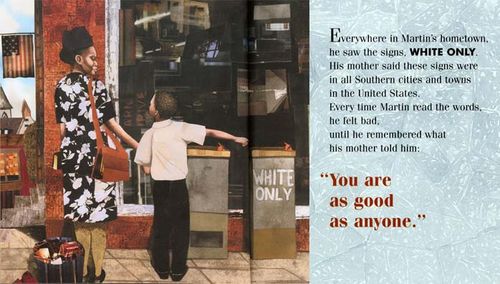
I love how the children and teachers were calling their classroom a community. It is so important that we create a community in our classroom so that each child feels like he/she belongs and can contribute to the community. Then the children can really govern themselves and how others act as making good decisions or bad decisions within the community. It helps with classroom management and lets the children have ownership of their space and environment. Also, I liked one of the ending questions: How can we not only think and write about our opinions and beliefs but also work to make them happen? I think as teachers we get caught up in completing a lesson and then moving forward quickly. This doesn’t make the experience a whole one. We need to dive deeply into what is being explored or studied and show the students that their ideas are valued.